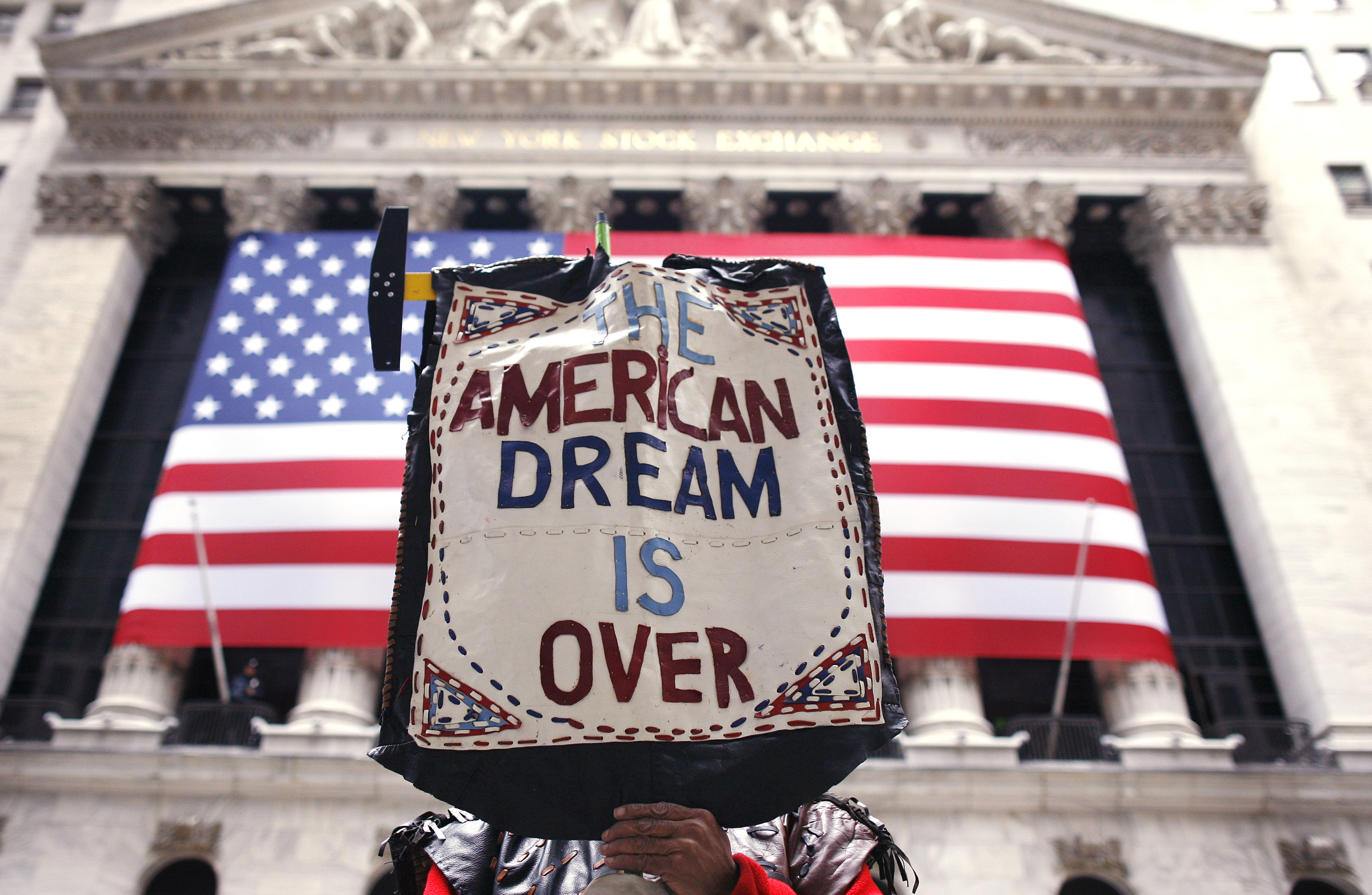The picture on income inequality in America just got a little bleaker. Top wage earners last year made 5.05 times what their lowest-income counterparts took home, the widest gap in data going back to 1979, according to the Labor Department. What’s worse, it shows the most recent improvement—in 2014—was just a blip, and the trend is again moving in the wrong direction seen over almost four decades.
Resilient economic growth and a solid stretch of hiring the past few years had raised expectations that the gap between rich and lower-income workers would shrink in a sustained manner, Bloomberg reported.
The reality was disappointing. The growing divide underscores the angst that helped land President Donald Trump in the White House, with his appeal to working-class voters feeling left behind in the economy.
Americans near the top of the income scale, whose weekly earnings exceed those of 90% of all full-time wage and salary workers, made at least $2,095 in a typical week last year, according to the report released Jan. 24. Those in the bottom 10% earned less than $415.
It’s not all bad news: The latest figures show overall median weekly earnings for the 101 million workers 25 years or older last year climbed about 3% to $885, from $860 in 2015. The 2016 figures were reported by the Labor Department last week along with its fourth-quarter data from a survey of US households.
Counter-Cyclical
Wage disparities tend to be counter-cyclical, rising during times of slower economic growth, and usually shrinking when the business cycle accelerates. Of course, inclusive policies and opportunities to move up the socioeconomic ladder also play a huge role.
While the economy has grown at a historically modest 2.1% rate on average in the current expansion that began in mid-2009, the US is almost at full employment now and the tight labor market has sparked hope that workers across the board will eventually see a lasting pickup in wage growth. Whether paychecks also reflect less inequality in coming years is anyone’s guess.
Meanwhile, a stubborn gender gap persists among workers 16 years or older, the age-group usually used for such comparisons. Women’s weekly take-home pay relative to men’s has hovered within a narrow range during most of this economic recovery, instead of building on the improvement seen in prior decades.
Gender Pay Gap
Equal pay for equal work has been a rallying cry for decades, but it wasn’t until Jan. 29, 2009, that it became federal law when former president Barack Obama signed the Lilly Ledbetter Fair Pay Act into law, amending the Civil Rights Act of 1964 and the Age Discrimination in Employment Act of 1967, making pay discrimination officially unlawful at the federal level.
The law was Obama’s first piece of signed legislation as president, just nine days after his inauguration, according to the White House website.
The White House webpage on ‘Equal Pay’ has been deleted by the administration of new President Donald Trump, but the Pew Research Center provides a nuanced look at the disparity, taking race into account.
For every dollar earned by white men, Asian women earn 87 cents, white women 82 cents, black women 69 cents and Hispanic women 58 cents. Asian men, by contrast, earned $1.17, while black men earned 73 cents and Hispanic men earned 69 cents. Controlling for education, researchers at Pew saw about the same results.
Researchers at Cornell University controlled for just about everything they could think of, and discovered a still-existent 8% wage gap between men and women in their March 2016 paper.


